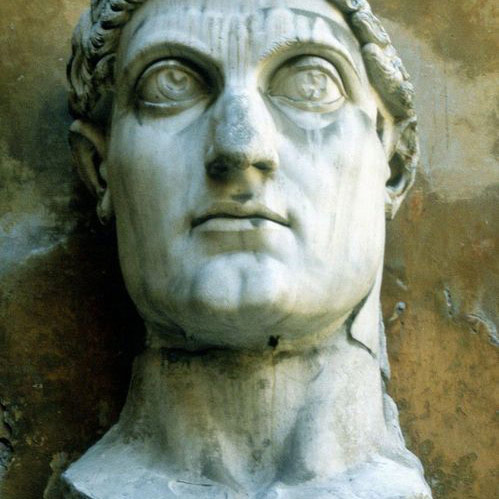
THURSDAY, March 4 (HealthDay News) — A hand-held device that delivers a magnetic pulse to the head may offer relief for some migraine sufferers, researchers report.
The findings, which apply to migraine sufferers who experience “aura,” expand on previous research by using a device that could work at home instead of only at the doctor’s office.
It’s unclear, however, how expensive the treatment will be and how it should be administered for optimal effectiveness. And some patients didn’t seem to benefit from the treatment.
At stake are patients who suffer from migraine with aura, meaning they experience visual disruptions, tingling, numbness and weakness before a headache begins.
The device uses single-pulse transcranial magnetic stimulation, which is thought to prevent aura by disrupting the brain’s electrical system.
In the new study, Richard B. Lipton, of the Albert Einstein College of Medicine in New York City, and colleagues randomly assigned 201 patients to take home a fake stimulation device or a real one.
Those who used the real device had less pain and recurring headaches and were less likely to need medication. Of 164 patients who treated at least one attack with the real or fake stimulation devices, 39 percent of those who used the real device reported no pain after two hours compared to 22 percent of those who used the fake device.
The researchers also report that the real stimulation device didn’t make symptoms worse or cause serious side effects.
In an accompanying commentary, Hans-Christoph Diener, of University Hospital Essen in Germany, wrote that the research suggests the technology “could be a major step forward in the treatment of migraine with aura, particularly in patients in whom presently available drug treatment is ineffective, poorly tolerated, or contraindicated.”
The study was published online in advance of print publication in the April edition of The Lancet Neurology.
More information
The U.S. National Library of Medicine has more on migraine.

